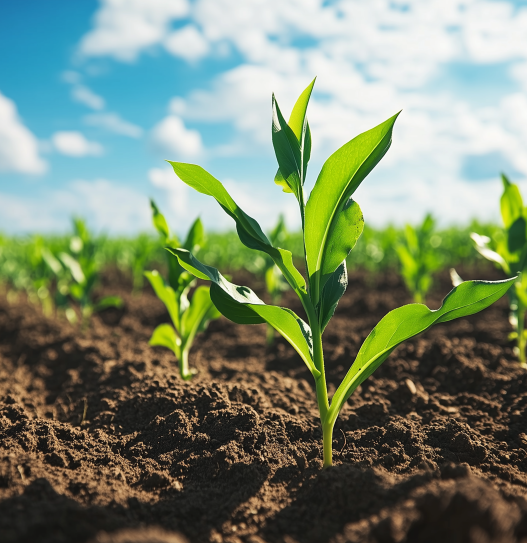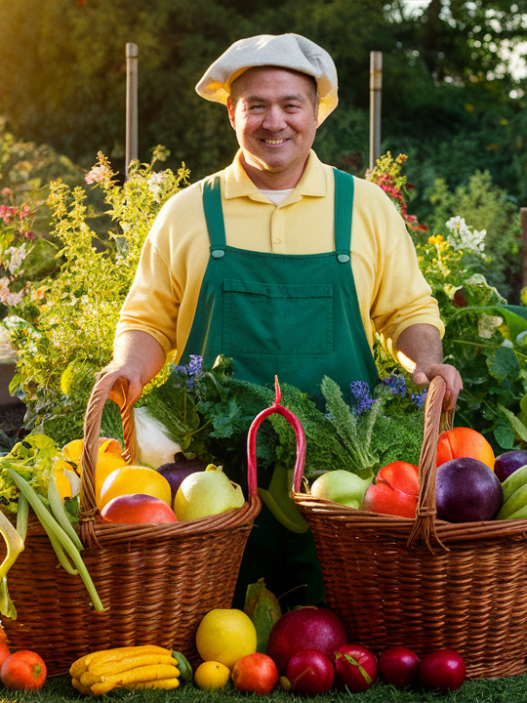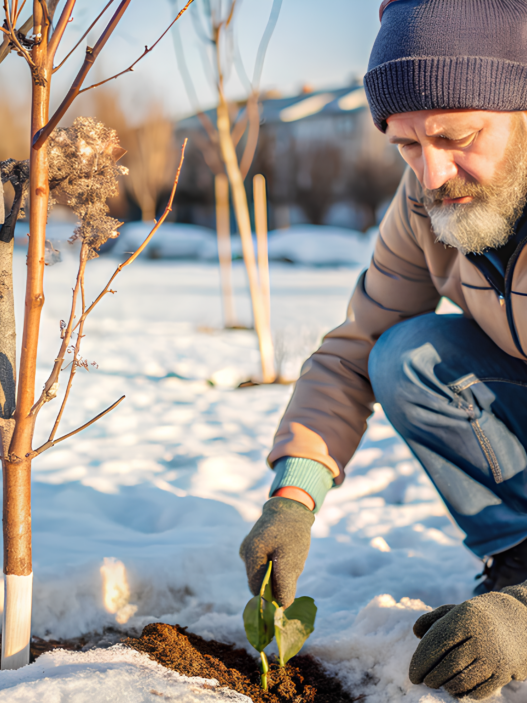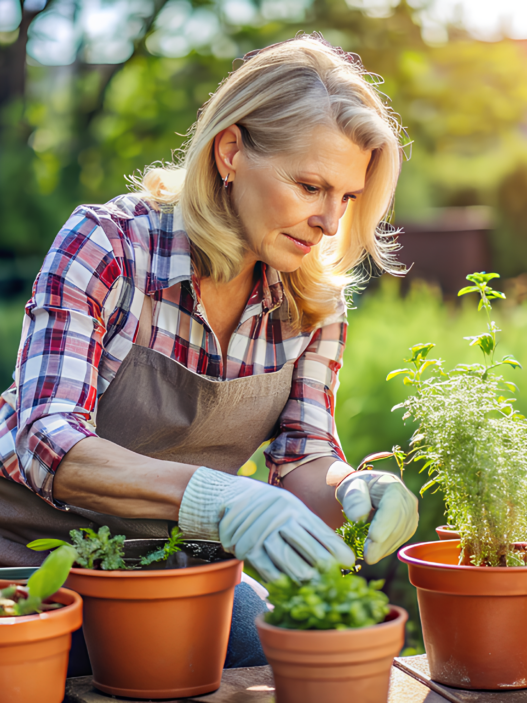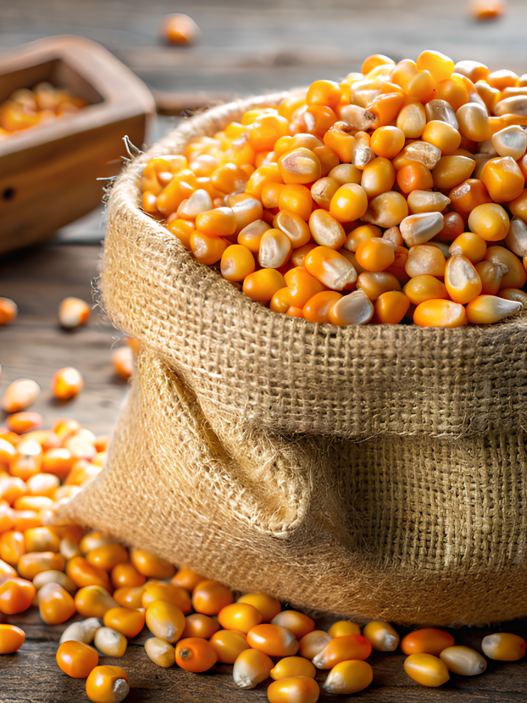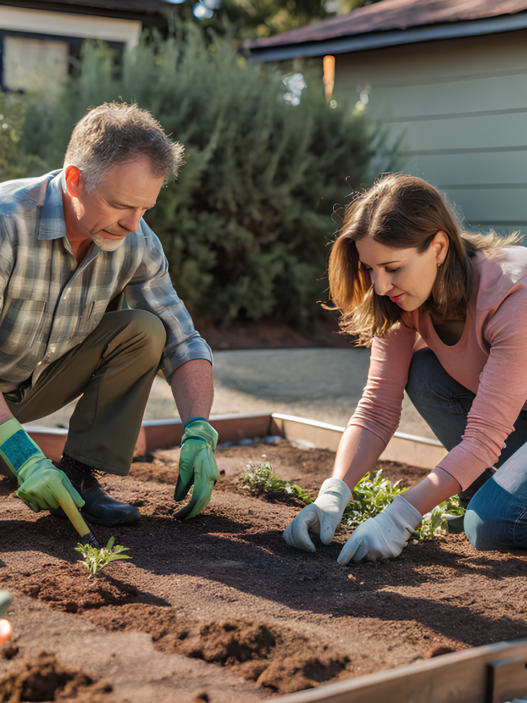The state of Florida is a great place for gardening, offering space to apply your skills and knowledge for all garden lovers. However, it is very important to know how to properly plan and plant a fall vegetable and fruit garden, as the quality and quantity of your harvest depends on it. In many states, fall is a time to wrap up gardening activities, but Florida is unique in that this season is a full-fledged growing season. In this article, we will go step by step through the measures and strategies that will help you create a fall vegetable garden in Florida. And I assure you, this will ensure your table is filled with fresh and healthy fruits, vegetables, and greens.
For both beginner and experienced gardeners, a fall garden in Florida may seem like a challenge due to the unique climate conditions. But if everything is well thought out — from proper preparation to plant selection, along with a little patience — you will be able to harvest even in the winter.
Why Fall Gardening in Florida is Different
If you’re still new to the concept of a fall garden in Florida, it will be a pleasant surprise for you to learn that the fall season in this state is a special period. While in other places people are bundling up in sweaters and gathering fallen leaves, we are planting leafy greens and juicy fruits. The fall gardening season in Florida runs roughly from September through November when temperatures are still perfect for many crops. Therefore, unlike northern states, where fall marks the end of gardening, Florida’s subtropical climate allows for nearly year-round growing. And you need to take advantage of that.
Before we move on to which vegetables and fruits to plant and which not to, let’s discuss a few important aspects of your fall vegetable garden in Florida.
1. Planning Your Fall Garden in Florida

Success starts with proper planning, and the most important thing for fall gardening in Florida is choosing the right time to plant. The combination of heat and humidity in early fall, which later transitions into cooler weather, creates unique conditions for growing various crops.
- Check your USDA hardiness zone. Different parts of Florida are in zones 8-11. You need to know your zone to choose the right plants.
- Soil preparation is important. Since Florida soil can vary, including sandy soils, it’s important to add compost and organic matter. This significantly improves fertility and helps retain moisture, which will definitely benefit all plants and positively impact the harvest.
- Irrigation matters. A proper watering schedule needs to be maintained consistently, in both hot and cooler periods. A drip irrigation system will help keep the soil moist and also save water.
2. Best Vegetables for Your Fall Garden in Florida

Despite the pleasant climate, not all crops grow well in fall conditions in Florida, but there are many that thrive here. Here are some of my favorites:
- Kale. Rich in nutrients, it becomes sweeter after light frosts.
- Spinach. This leafy vegetable grows well in fall weather and can tolerate some heat.
- Carrots. If planted in early fall, you’ll have a wonderful harvest by November.
- Broccoli. Broccoli loves cooler weather, making fall the perfect time for growing it.
- Lettuce. Varieties like romaine or butterhead grow quickly and provide a constant supply of fresh greens.
You can learn more and in detail about growing greens in Florida in our comprehensive guide.
3. Fruits for Your Fall Garden

Vegetables are, of course, very healthy and often take center stage, but let’s not forget about fruits. Florida’s fall weather is perfect for growing a variety of fruits.
- Strawberries. Plant them in the fall, and by winter, you’ll have fresh berries on your table.
- Blueberries. Blueberries require acidic soil, and they grow well in the cool fall weather.
- Citrus. While citrus trees grow year-round, fall is the time to check their condition and prepare them for the winter harvest.
An important note — always check your soil before planting. Florida soil is often alkaline, and this is not always good for fruit plants that prefer more acidic soil. You can easily adjust the pH of the soil with the right amendments, and your plants won’t suffer.
4. Common Challenges in Fall Gardening

Gardeners in Florida need to be cautious during the fall because lingering heat can bring pests like aphids, caterpillars, and whiteflies. Row covers will help protect your plants while they take root and settle in the soil
Unexpected heat waves can also affect cold-resistant crops, so planting heat-tolerant varieties during the transition from summer to fall can save you a lot of trouble. Therefore, it is very important to look for and buy varieties specifically bred for Florida’s climate, such as heat-tolerant spinach or slow-bolting lettuce.
5. Products for Boosting Your Garden’s Productivity

To simplify the process of growing various crops, you need to stock up on the right tools and products. Here are some recommended items:
- Drip irrigation kit. Maintain a consistent level of soil moisture without overwatering. Check out this popular drip irrigation kit on Amazon.
- Organic fertilizer. Use organic, slow-release fertilizer to feed your plants over a long period. For example, this fertilizer from Dr. Earth is perfect for a fall garden.
- Row covers. It’s important to protect your plants from pests, and this can be done with affordable row covers.
Final Tips for Your Fall Garden in Florida
There’s no denying that planting a fall garden in Florida can seem like a difficult task, but at the same time, let’s agree that when you see the results of your labor, you forget about all the difficulties. You just need to approach the task seriously, remember to plan, choose the right crops, and most importantly, not spare time and be patient. And the reward will be an abundance of fresh, nutritious produce that can feed your family throughout the season.
And one more tip — be patient! Fall weather in Florida can be unpredictable, but if you follow all our tips and recommendations, put in the effort, and love your garden, you will be rewarded with a bountiful harvest.
So, what are you planning to plant this fall? I’d love to exchange ideas and advice — share your plans in the comments below.






